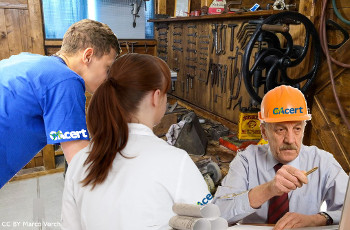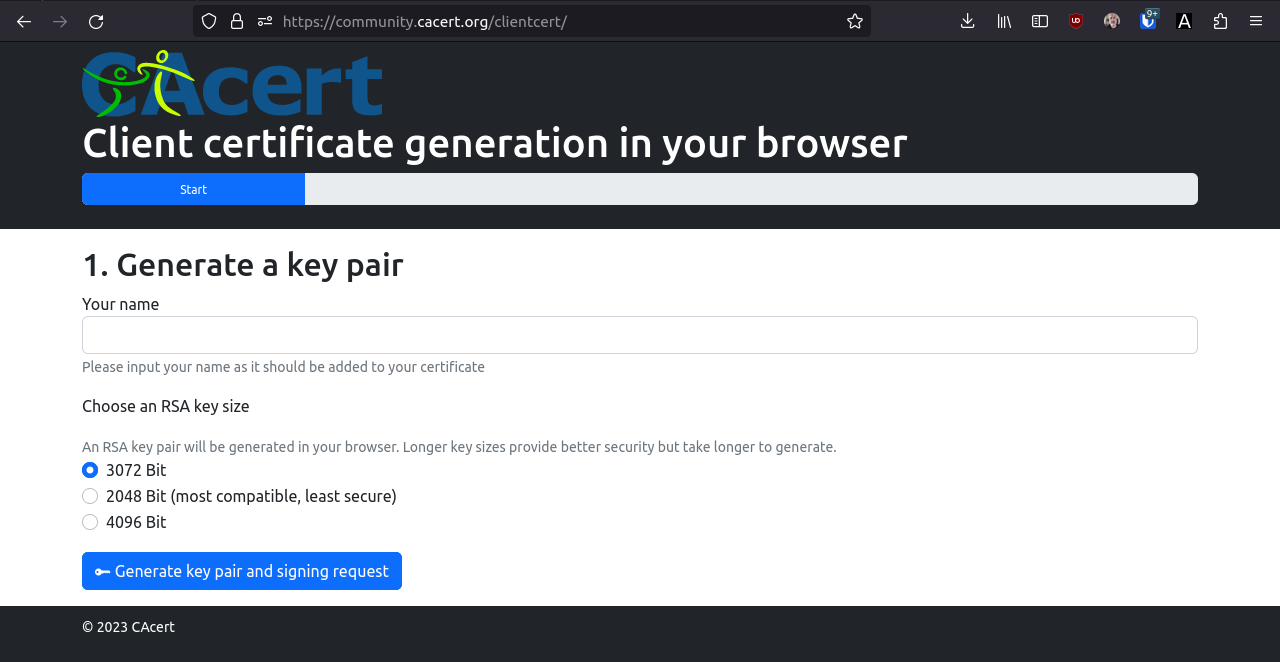+++ Update +++ www.cacert.org is now running on a new server, first tests were successful. Still some finetuning needs to be done afterwards +++ update +++
During the long weekend around pentecost (“Pfingsten” as it is called here in Germany) we’re planning the next step in replacing some hardware at the datacenter.
The main reason for the visit at the datacenter on monday is it to plug the serial connection between our webserver and signer to the new machine.
As our main website will move to a new server, which was installed in the datacenter during the last visit, there will be an interruption of service while doing the final copy and reconfiguration of the firewall (hopefully not longer than one hour).
While we’re at the datacenter we’re adding two SSD-drives to infra02. During the activation of the host system on these SSDs the services running on infra02 (like blog, wiki etc.) will not be accessible and/or slower than usual.
After all services are moved (remotely/afterwards) from the HDDs to SSDs everything should be active again … and most likely faster.
At a later visit (planned in July) the old sun1-server and old infra02-HDDs will be removed from the rack.
The final step for hardware-upgrade/replacement in the critical environment will be a replacement of the old signer machine(s) by new servers and HSM-modules. For this step software- as well as development team need some assistance in reviewing and testing especially the coding (written in Go). Feel free to contact us via support@.c.o, mailing-lists or using comments to this blog-entry.





